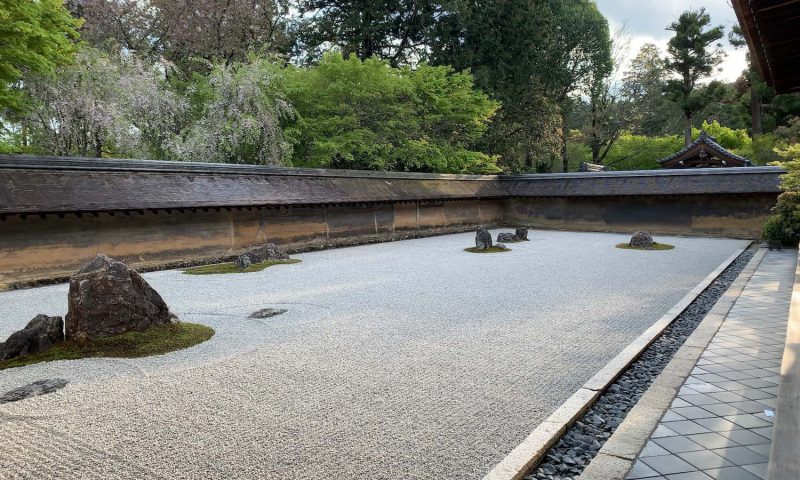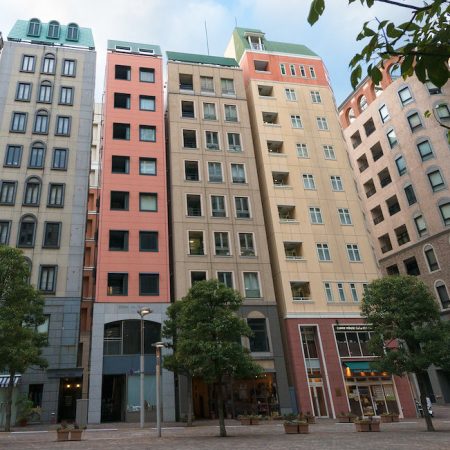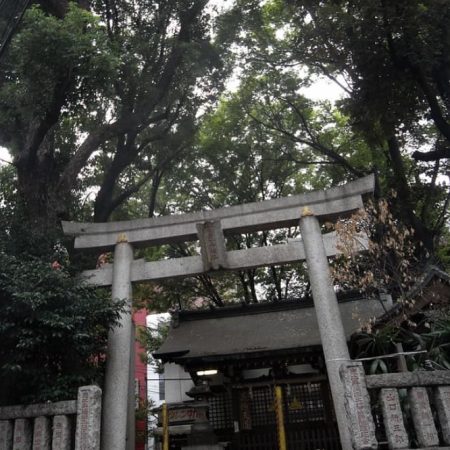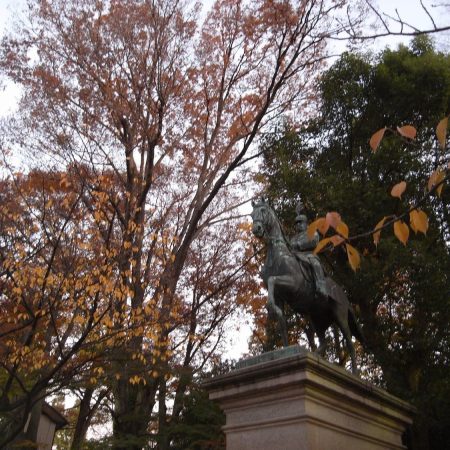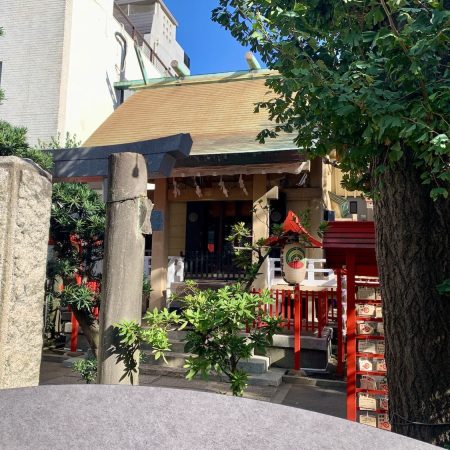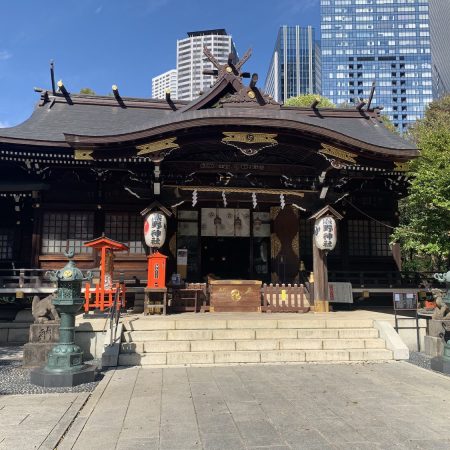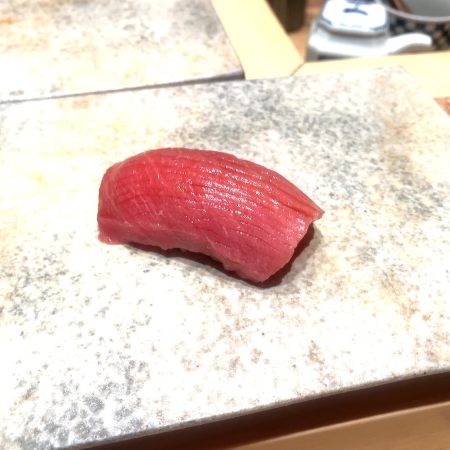Unveiling the Mystique: Ryoanji Temple’s Timeless Charm and Legacy
In Kyoto’s Ukyo ward lies a sanctuary of serenity and historical grandeur – Ryoanji Temple. Affiliated with the esteemed Rinzai sect of the Myoshinji school, its significance transcends borders, drawing admirers from around the globe. At its core, the temple enshrines a statue of Shakyamuni Buddha, attributed to the revered military commander Hosokawa Katsumoto, a luminary of the Muromachi period. Join us on an immersive journey as we unravel the layers of Ryoanji Temple’s rich history, distinctive features, and its inherent aesthetic allure.
The genesis of Ryoanji Temple can be traced back to 1450, a pivotal moment when Hosokawa Katsumoto acquired a villa from the Tokudaiji family, laying the foundation for the temple precincts. Under the patronage of Hosokawa Masamoto, the temple underwent meticulous reconstruction and landscaping, guided by eminent Zen monks. Yet, mysteries shroud the origins of the temple’s iconic garden, leaving scholars to ponder over the artisans involved and their underlying intentions.
Central to Ryoanji’s allure is its famed kare-sansui garden, known as the “Stone Garden of Ryoanji.” Nestled south of the Hojo, this masterpiece features meticulously raked white sand, resembling undulating waves, adorned with fifteen strategically placed rocks. These rocks, arranged in groupings symbolizing islands in the vast ocean, evoke a sense of tranquility and mystery, often referred to as the “Nameless” or “Dragon’s Child Crossing the Sea.”
In 1994, Ryoanji Temple earned UNESCO World Heritage status, a testament to its universal acclaim for both its aesthetic splendor and historical significance. Yet, beyond accolades, Ryoanji continues to captivate visitors with its profound historical legacy and enchanting stone garden, leaving an indelible impression on all who tread its sacred grounds. As it continues to garner global recognition, Ryoanji Temple stands as a timeless beacon of tranquility, ensuring its legacy endures for generations to come.

